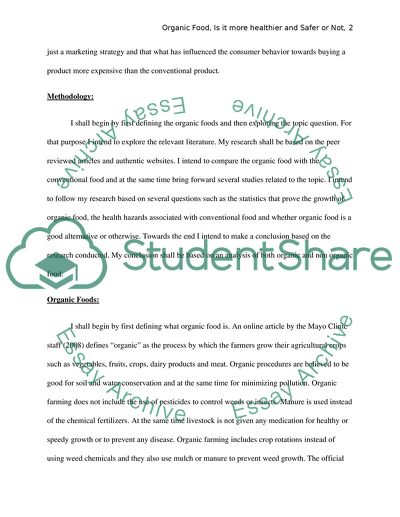Cite this document
(Is Organic Food Healthier and Safer or Not Literature review, n.d.)
Is Organic Food Healthier and Safer or Not Literature review. Retrieved from https://studentshare.org/environmental-studies/1735940-organic-foods-is-it-more-healthier-and-safer-or-not
Is Organic Food Healthier and Safer or Not Literature review. Retrieved from https://studentshare.org/environmental-studies/1735940-organic-foods-is-it-more-healthier-and-safer-or-not
(Is Organic Food Healthier and Safer or Not Literature Review)
Is Organic Food Healthier and Safer or Not Literature Review. https://studentshare.org/environmental-studies/1735940-organic-foods-is-it-more-healthier-and-safer-or-not.
Is Organic Food Healthier and Safer or Not Literature Review. https://studentshare.org/environmental-studies/1735940-organic-foods-is-it-more-healthier-and-safer-or-not.
“Is Organic Food Healthier and Safer or Not Literature Review”, n.d. https://studentshare.org/environmental-studies/1735940-organic-foods-is-it-more-healthier-and-safer-or-not.


